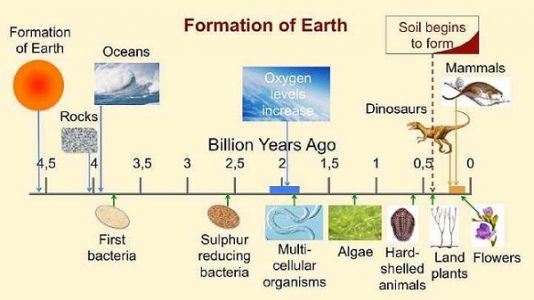Multicellular Definition
A tissue, organ or organism that is made up of many cells is said to be multicellular. Animals, plants, and fungi are multicellular organisms and often, there is specialization of different cells for various functions. In contrast, unicellular, or single-celled organisms are much smaller in size and less complex as they are composed of just one cell that senses its environment, gathers nutrients and reproduces asexually.
Examples of Multicellular Organisms
Organs and Tissues
Multicellular organisms delegate biological responsibilities such as barrier function, circulation, digestion, respiration and sexual reproduction to specific organ systems such as the skin, heart, stomach, lungs, and sex organs. These organs are comprised of many different cells and cell types that work together to perform specific tasks. For example, cardiac muscle cells have more mitochondria and produce adenosine triphosphate to beat together and power the movement of blood through the circulatory system. In contrast, while skin cells have less mitochondria and do have contractile function, they have tight barrier junction proteins and produce keratin that creates a barrier protecting the soft inner tissues of the body.
Organisms
Organisms made up of more than one cell are categorized as multicellular organisms. However, multicellular organisms haven’t always existed. Following the formation of the Earth, it took one billion years for a unicellular organism to appear on the planet. In fact, unicellular organisms existed alone on the Earth for approximately two billion years before the manifestation of multicellular organisms, which occurred approximately 600 million years ago. While many unicellular organisms choose to reproduce asexually, many multicellular organisms prefer sexual reproduction. Humans, for example, are multicellular organisms created by the fusion of two single cells specialized for sexual reproduction, commonly referred to as the egg and the sperm. The fusion of a single egg gamete with a single sperm gamete leads to the formation of a zygote, or fertilized egg cell. The zygote contains the genetic material of both the sperm and the egg. Mitotic division by the zygote then leads to all the cells of that organism. During development, cell proliferation and division are followed by specialization with each cell following a pathway towards differentiation. Differentiation allows cells to perform widely different functions in spite of being genetically identical to one another.
Thus, all the specialized cells of a multicellular organism, its organs, tissues and that form nerves, skin cells, respiratory epithelium, and cardiac cells, all originated from the zygote formed by the merging of two single cell gametes.
The diagram below summaries the evolutionary history of multicellular organisms on the Earth:
Related Biology Terms
- Tissue – Groups of similar cells with a common origin that are clustered together to perform a specialized function.
- Gamete – Haploid cells specialized for reproduction that merge with another from the opposite sex at conception to form a diploid zygote.
- Unicellular – An organism comprised of a single cell.
- Zygote – A diploid cell formed by the fusion of two haploid gametes from opposite sexes.
Quiz
1. An organism comprised of many cells is called a _________ organism?
A. Multicellular
B. Zygote
C. Gamete
D. Organ
2. Which of the following organisms are considered multicellular organisms?
A. Humans, animals, plants, fungi and prokaryotes.
B. Fungi
C. Humans, animals, plants
D. Both B and C
3. Which of the following statements is true?
A. Organs and tissues are unicellular; they share the same functional responsibilities.
B. Unicellular organisms evolved 2 billion years after multicellular organisms.
C. Multicellular organisms form from a single eukaryotic cell, the zygote.
D. Unicellular organisms always reproduce sexually.

